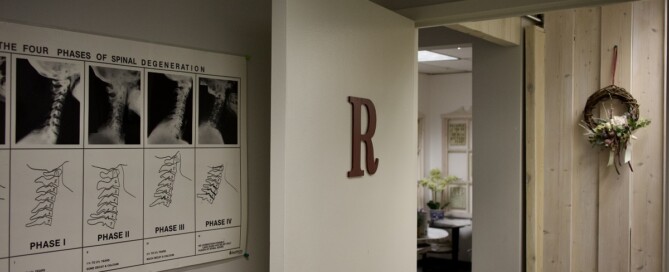
Sciatica is a condition where pain arises due to the compression or irritation of one or more nerves coming out of the lower part of the spine, collectively known as the sciatic nerve. This nerve extends down your leg. If your spine is compressed and your lower back is stuck in an arched position due to whatever reasons, it can be challenging to relieve this spinal tension, leading to pain.
The pain you feel, along with numbness and a tingling sensation in the leg, is due to the nerve being pressed or ‘choked off’. This pain attributes to the nerve being pressed either due to the swelling of the nerve or the nerve components budged out of the discs.
Leg Length Discrepancy
Most people have slight differences in the length of their legs, which generally doesn’t cause pain. However, a substantial difference, even as minor as a quarter inch, can lead to significant lower back pain and sciatica. Leg length discrepancies can occur naturally, but they are often due to previous injuries, bone disorders, congenital anomalies, or neuromuscular issues. A misaligned pelvis is a common cause of this discrepancy. The body naturally tries to adjust to these differences, but a larger disparity can lead to noticeable symptoms more quickly.
Pelvic Tilts
Our bodies sometimes adapt to an overly arched position when we struggle with proper breathing or maintain poor posture. Correcting this through specific exercises can offer long-term relief. Instead of focusing only on stretching, it’s crucial to include exercises that promote a neutral pelvic position.
An anterior pelvic tilt, where the front of the pelvis drops and the back rises, is often overlooked. It’s vital to engage specific muscles to counteract those causing the tilt, particularly when the pelvis tilts forward, compressing the spine.
People with an anterior pelvic tilt often have overactive lower back extensors and hip flexors, while their hamstrings, glutes, and oblique abdominal muscles are stretched and weakened. Strengthening these weaker muscles can help balance the overactive ones.
A posterior pelvic tilt involves contraction of the abdominal muscles and is sometimes associated with core strengthening exercises that use these muscles to provide active support to the spine.
Exercise at Home: Supine Pelvic Tilt
A simple way to adjust and check your pelvic tilt is the supine pelvic tilt exercise. Lie on your back with knees bent and feet flat on the floor. Tilt your hips to flatten your lower back against the floor, holding this position for several breaths. This exercise helps you control your pelvis movement, teaching you to tilt it back and forth without relying on your hips or upper back.

NUCCA Chiropractic in Chicago, Illinois
Spinal misalignment can compress or irritate nerves, affecting communication between your brain and body. This can lead to sciatica symptoms when it involves the nerve where the sciatic nerve travels.
At the NUCCA Wellness Clinic of Chicago, we specialize in upper cervical adjustments. These adjustments relieve tension on the sciatic nerve, reducing pain. The upper cervical spine is crucial for central nervous system function, and misalignments here can cause posture imbalances affecting the pelvis alignment, which is foundational for the body and lower back.
You can call us at (224) 676-1920 or fill out a contact form to set up an appointment at our Chicago, IL location.




